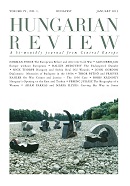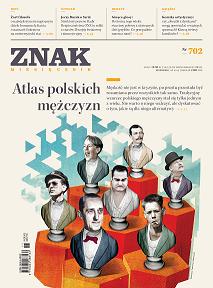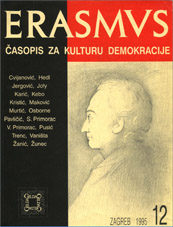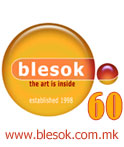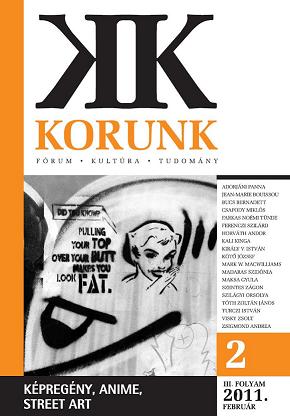
Istenek alkonya. A szuperhősképregény változó paradigmái
Superhero comics are the only comics genre to be successful for eighty years. In this article the author discusses the short history of superhero comics, from Superman, who used to fight in the American Civil War, to Kick-Ass, who is an unimportant and realistic figure. The superhero comics’ genre has merely one common point, that is the superhero’s existence (but the superhero’s character and the comics’ genre change). At the beginning, the superhero was the mirror of the ancient archetype, the psyche and its desires. In addition, it was incredibly adaptive, which made the market orientation concrete. The mass culture offered a modern figure of ancient archetype, but currently the deconstruction of genres impresses on superhero comics. It will be a new beginning and a new gods’ dawn.
More...
